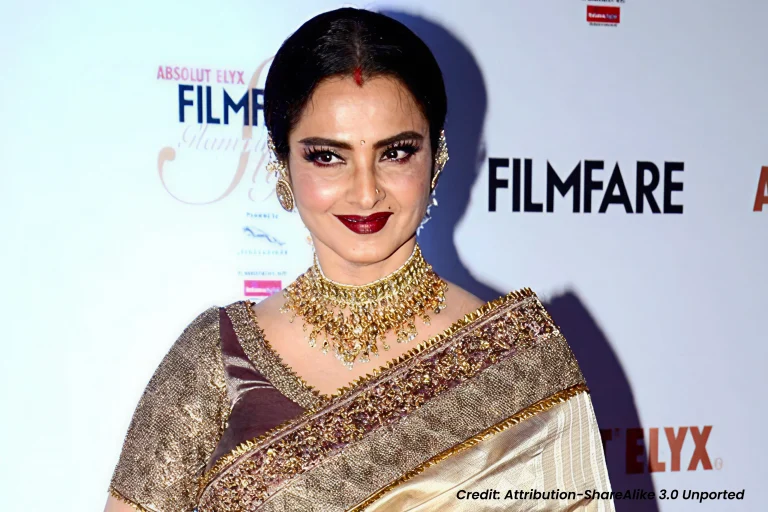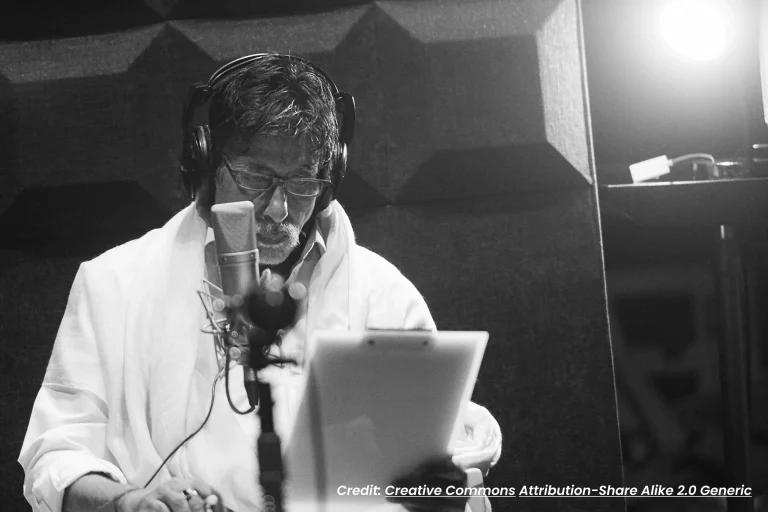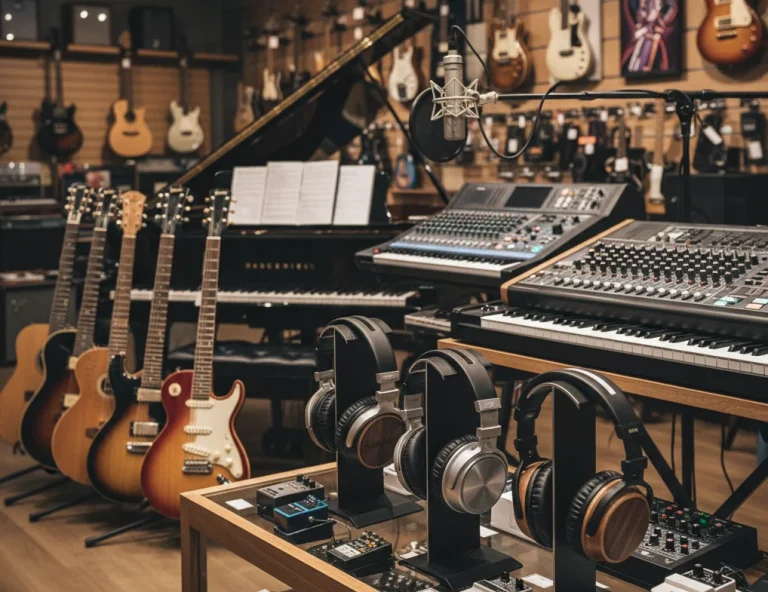All Topics
- Alchemizing Music Concepts for Students
- Artist Spotlight
- artium gift card
- Artium Maestros
- Artium News
- buying guide
- Carnatic Music
- Devotional Music
- Editorials by Ananth Vaidyanathan
- Film Music
- Guitar
- Hindustani Classical Music
- Indian Classical Music
- Indian Folk Music
- Insights
- Instruments
- Karaoke Singing
- Keyboard
- Kids Music
- maestros
- Music Education
- Music for Kids
- Music Industry
- Music Instruments
- Music Legends
- Music Theory
- Music Therapy
- Piano
- piano guide
- Success Stories
- Tamil Film Music
- Telugu Film Music
- Time Theory
- Tools
- Uncategorized
- Vocal Singing
- Vocals
- western classical music
- western music
- Western vocal music
Alchemizing Music Concepts for Students
An Introduction to Swara In Indian Music
An Introduction to Swara In Indian Music

Table of Contents
Musical notes or Swara-s are the alphabets of music. Their existence and appeal to our ears are based on scientific principles of sound:
- What are those principles?
- How can notes be understood in terms of the physics of sound?
- Why do we have the concept of 7 notes, Saptaswara, when there are twelve notes in an octave?
- What is an octave?
Not just students of music, but any music lover should be interested in knowing the what, why, and wherefore of this art that gives him or her such unlimited joy.
We can understand the beauty of colours. We can also understand why we like the oceans, mountains, the cool breeze, flowers, and fragrances. But why do we like Swara-s without having an iota of knowledge or training about them? And what is it about Indian music that makes it so attractive?
This article explores:
- The science of swara-s in music – The musical notes
- Explains the logic behind why musical notes are pleasing to the ears
- Why are the scales and raga-s of Indian music so enticing?
Why is Music Musical – The Science of Music
All of us who engage with music – music lovers, students, singers, instrumentalists, composers – let’s all ask ourselves some simple questions :
Why does music sound so beautiful?
Why are only the sounds of songs so pleasing to the ear and heart, and why are the rest of the sounds either noise or at least ‘unmusical’?
For example, the ruckus in a crowded street with horns blaring, brakes screeching, engines gunning, people shouting over the din – all that is unpleasant noise. And not musical. But the rustle of leaves on a gentle morning, a baby cooing, and the soft drizzle outside the window can be very pleasing, even exhilarating – but they still do not become music.
So, is there something about musical sounds that is fundamentally different from non-musical sounds?
Yes, definitely, and it’s all about physics.
What are the Properties of Sound?
Let us start with understanding the fundamental properties or characteristics of sound. Sounds have three aspects – loudness, tone (or sound quality), and pitch. Loudness or volume, we understand – when we ask the neighbor’s teenage brat to turn down the volume of his speakers.
Tone? We do recognize the difference between the different voices of our family members, right? And between a man’s voice and a woman’s? So that’s simple.
But pitch? What is pitch? Think of the sound of a police siren or ambulance siren wailing up and down, up and down. Well, that which is going up and down in that sound is the pitch of the sound. And in terms of physics, pitch is determined by the frequency of the vibrations in the sound per second. The higher the frequency, the higher the pitch.
Firstly, for a single sound to begin to qualify as musical, it has to have a steady and decipherable pitch. We hear these steady sounds around us all the time – the sound of a table fan, the hum of the air conditioner, some distant horn or whistle. However, a steady pitch still does not make a sound musical.
The Core of Musicality – Consonance (Samvada)
The simple and unequivocal principle of musical sounds is that two sounds need to have a particular ratio in their frequencies to sound musical in relation to each other, either in quick sequence or simply together. If either one goes a bit away from the perfect ratio of frequencies, both will sound unmusical.
This synchronization of frequencies between sounds that makes them sound beautiful together is called CONSONANCE, a fundamental scientific phenomenon in music. In Indian terminology, consonance is called SAMVADA.
So – a fair question. What are those ratios that generate CONSONANCE?
Decoding the Science Behind the Sargams in ‘Mere Dholna’ Song
Let’s take the sargams of Mere Dholna. You can’t deny that those sargams sound extremely musical.
The piece employs 8 notes within the octave, as under, and it traverses the mid, lower, and upper octaves (we will understand these terms and concepts as we go on).
I have simplified the swara mnemonics with the first letter of each mnemonic.
Sa = S, Ri = R, Ga = G, Ma = M, Pa = P, Dha = D, Lower Ni = n, higher Ni = N
NSNSNSNS DnDnDnDn PDPDPDPD GMPDNRS-
NSNSNSNS DnDnDnDn PDPDPDPD GMPDNRS-
PNNS PNNS PNNS PNNS
PNNS PNNS PNNS PNNS
GMPDnD PDnDPDNS-
GMPDnD PDnDPDNS-
GMPDnD PDPM GMGRSn
DnSGMG SGMP DPDNS-
GMPDnD PDPM GMGRSn
DnSGMG SGMP DPDNS-
N-S- NS- NS- NS- NS-
D-n- Dn- Dn- Dn- Dn-
GMPDnDPM GMPDnDPM
GMPM GMGR SRSn DnS-
D-D n-n S-S G-G M-G-
S-S G-G M-M D-D n-D-
DnSGSn DnSn DnDPMG
MDnS DnDM GMGR SnDn
SGMD nSnD PMGM GRSn
SGMD nSnD PMGM GRSn
DDnnSSGG nnSSGGMM SSGGMMDD GGMMDDnn MMDDnnSS DDnnSSG……..
Listen to the recording while looking at the above script. It could help the reader follow the singing with awareness.
Let’s see the ratios of frequencies between some of these notes:
- Sa and Pa = 3/2
- Thus,
- If Sa has a frequency of 250 vibrations or cycles per second (CPS), Pa will automatically be found at a frequency of 375 cycles per second (CPS)
- If Sa is at 400 CPS, Pa will have to be at 600 CPS.
- So, Sa can be anywhere on the pitch graph, and Pa will move to the exact ratio of 3/2 to Sa.
Similarly,
- Sa to Ri = 9/8
- Sa to Ga = 5/4
- Sa to Ma = 4/3
- Sa to Dha = 27/16
- Sa to the lower Ni = 16/9
- Sa to the higher Ni = 15/8
- Sa to the upper Sa = 2
Understanding The 12-note Canvas and 7-note Scales
Now, you can find these notes on the piano. If you look at any piano or keyboard, you will see that the pattern of black and white keys repeats itself every twelve keys. And each twelve-key span has 7 white and 5 black keys.
The piece from ‘Mere Dholna’ has employed only 8 of the notes, not all 12 in the octave. For now, it is sufficient to understand the following :
- Each span of 12 keys is called an Octave. In Indian Music, it is called a Saptak.
- A note ‘repeats itself’ at a higher pitch every twelfth key. This is what in Indian music is called Madhya Sa, Tara Sa, and so on.
- If you hear all the 12 notes in sequence, they will sound odd – more suitable for a suspense scene in a thriller or horror movie.
- For music to be pleasing, the notes chosen for the musical piece or melody need to be in highly musical or consonant ratios with each other.
- Two notes in immediate sequence on the 12-note scale are rather dissonant. This distance is called a semitone. Try playing them together on a keyboard to get the dissonant experience.
- For consonance to begin, a distance of at least 3 semitones (minor third) is needed. If the interval is 4/3 (7 semitones – fourth), 3/2 (9 semitones – fifth), or 5/4 (6 semitones – major third) two sounds become highly consonant and sound very pleasing.
- Thus, in early music of mankind (as can be seen in tribal music), the number of notes in a scale and song was very limited.
- As music evolved, from simple 3 and 4 note scales, man was able to discover the beauty in scales with larger numbers. But this stopped at 7. Why? If you take any 7 note scale, and add a note to that in a sequence on a keyboard, you will be able to experience how that addition can be jarring. This is how we get the concepts of Saptaswara, Saat Sur etc.
- By experimenting with different 7-note options out of 12, we largely arrive at what are called the basic scales of music. This concept is common to all music systems in the world because it is just physics.
Thaat-s and Mela-s – The 7 Note Scales of Indian Music
Now, in Indian Music, the delineation of scales (Thaat in the Hindustani system and Mela in the Carnatic system) is based on the following guidelines :
- Sa and the Pa (the fifth Swara) have to feature in every scale.
- Five other Swara-s can fit into the octave and generate an overall musical sense of cumulative consonance, making the scale (notes played in sequence in ascent and descent on a piano) sound pleasing to the ear (and heart).
- 32 such scales are possible, some of which are incredibly pleasing, and are therefore very popular with composers and performers.
- The factor that impacts some scales becoming very popular and relatable by an average music lover is that in them, the first three notes after Sa enjoy a ratio of either 4/3, 3/2 or 5/4, with some of the subsequent three notes in the same sequence. (This will be discussed in detail in another article).
- That is why Hindustani classical raga-s like Yaman, Bilaval, Khamaj, Kafi, Bhairavi, Pooriya Dhanshri, and Bhairav and their Carnatic counterparts Kalyani, Sankarabharanam, Harikambhoji, Kharaharapriya, Todi, Pantuvarali, and Mayamalavagaula are so popular.
- These 7 note scales (as of now, let’s treat scale and raga as synonymous for the sake of simple understanding) are called sampoorna or complete scales.
- From these 7-note scales, we can eliminate 1 or 2 notes judiciously by experimentation, and we get a variety of 6-note (shadava—hexatonic) and 5-note (audava / pentatonic) scales. The beautiful raga-s Bhupali (Mohanam in Carnatic music), Malkauns (Hindolam), Durga (Shuddha Saveri), and Bairagi (Revati) are all Audava scales.
‘Basic’ Notes and Variants – Why only 7 names for 12 notes?
Now let us see why we have only 7 names for notes, both in India and the West – Sa Re Ga Ma Pa Dha Ni and Do Re Me Fa So La Ti, and why we do not have 12 names. This should have been because different 7 note scales emerged first in different cultures and those scales became a ‘basic’ scale of reference for the other five notes to fit in over time. As we saw earlier, the 7 note sense of completeness is scientific and not creative.
In the West, it certainly is the diatonic scale (corresponding to the Bilawal Thaat of the Hindustani System and the Dheerashankarabharanam Mela of the Carnatic System) that is the ‘basic’ scale of reference.
In ancient India, the Shadja Grama (by and large akin to the Kafi Thaat and Kharaharapriya Mela) was the basic scale of reference. Once the ‘basic’ scale gets fixed in the collective cultural psyche, the other five notes are perceived as variations by the mind and finally the system.
Thus, in India, we have the 12 notes delineated in the Hindustani and Carnatic systems as follows :
Hindustani System (Bilaval being accepted today as the ‘basic’ or Shuddha scale)
- Shadja
- Komal Rishabh
- Shuddha Rishabh
- Komal Gandhar
- Shuddha Gandhar
- Shuddha Madhyam
- Tivra Madhyam
- Pancham
- Komal Dhaivat
- Shuddha Dhaivat
- Komal Nishad
- Shuddha Nishad
(The variations of Re, Ga, Dha, and Ni come below their Shuddha counterpart and are called Komal or soft; the variation of Ma is higher than the Shuddha counterpart and hence is called Tivra or intense).
Carnatic System (this nomenclature has hangovers of many older systems, which we will discuss in a later article)
- Shadjamam
- Shuddha Rishabham
- Chatusruti Rishabham
- Sadharna Gandharam
- Antara Gandharam
- Shuddha Madhyamam
- Prati Madhyaman
- Panchamam
- Shuddha Dhaivatam
- Chatushruti Dhaivatam
- Kaisika Nishadham
- Kakali Nishadham
We will go into all this in great detail in later articles.
What is Swara – The Mystical Entity?
For now, let us examine a bit more deeply how the Indian experience of Swara differs from the Western experience.
Swara is a musical note. Yet in the Indian sensibility, it’s far greater and deeper than just a note.
In Western classical music, for the last 1,000 years, musical notes have been experienced in the paradigm of harmony and polyphony. Western musicians, students, and composers have an extremely advanced and evolved sense of simple and complex chords, chord progressions, and other harmonic and polyphonic phenomena that are highly pleasing to the ear and our sensibilities.
However, music germinated and evolved in humanity through melody – songs. Indian Classical Music is the most evolved and crystalline melodic music system in humanity. So, each swara is experienced just with the reference of Sa on a tanpura. (The magical tanpura will be discussed in another article). The Indian Classical musician has, over centuries, delved and perceived into the depths of each of the 12 swara-s as entities with an almost divine power.
The capacity of each swara to evoke specific emotions in us has enabled us to experience them as personalities. This has become a part of our DNA, and even an unschooled music lover is able to be moved by Swara-s in this paradigm.
The individual powerful identity of each swara combines with other swara-s in raga-s to create an array of emotional and aesthetic colors. Swara-s weave together in Indian melodies as phrases through gamaka-s, which we will explore and understand in depth in due course.
A significant aspect of musical notes, an aspect of our cognitive makeup, design or psychology, is our innate sense of tonic or our sense of Sa. Instinctively, every listener’s mind is relating to the notes in a melody in relation to Sa, without any clue of anything or that the mind is doing the math, in a sense.
Just as the retina of the eye receives light and images in reverse (like a pin-hole camera), and yet our cognitive apparatus sees images as they are, our ears too receive a riot of frequencies, yet our minds interpret them as images like speech, music, sounds of animals, machines, thunder etc. That is the magic of the mind – its cognitive dimension.
Why do Exercises in Swara Mnemonics Matter?
Sa Ri Ga Ma Pa Dha Ni – those famous and celebrated syllables or mnemonics of Indian classical Music. Western music has those names too – Do Re Mi Fa So La Ti – made internationally famous by Julie Andrews ‘Doe A Deer A Female Deer’ in the iconic film ‘The Sound of Music’.
Unlike in any other system in the world, in Indian classical music, the mnemonics of the 7 notes—Shadja, Rishabh, Gandhar, Madhyam, Pancham, Dhaivath, and Nishad—are not just mnemonics but an integral part of performance tools and aesthetics.
Sa, Re, Ga, Ma, Pa, Dha, and Ni are used in compositions and brilliant improvisation in Hindustani and Carnatic music. They are also occasionally used in film compositions and definitely in the new genre of Indian fusion music, which employs a number of melodic and rhythmic improvisational techniques and skills of Indian classical music.
Command over the Swara mnemonics is a fundamental skill that enables an Indian classical music learner and musician to understand, decode, and create music—literally, the ability to think in notes.
Intense and complex Swara exercises give the learner this intimacy with note identities, apart from an array of other musical and vocal benefits. In human cognitive psychology, intimacy with any identity comes from the deep association of a form with a name.
While notes are universal to all music, the practice of Sa Re Ga Ma Pa Dha Ni gives the Indian classical musician an uncanny ability to relate to notes in a manner that can be understood only when one acquires and experiences that ability.
Learn and Understand Music to Engage with it Meaningfully
Swara-s are a manifestation of Science in Nature. Students and practitioners of art need to understand the science behind the art.
The objective understanding of Swara can lead a student to explore deeper into understanding and experiencing the science of Sruti-s, the 22 microtones, and how the principle of Samvada (consonance) can help us understand the logic and aesthetics in the grammar of raga-s.
This foundational knowledge enhances technical proficiency and nurtures a deeper, more intuitive connection with music. By understanding the logic behind Swara-s, Sruti-s, and Samvada, students begin to experience music not just as an art form but as a living, breathing manifestation of Nature.




